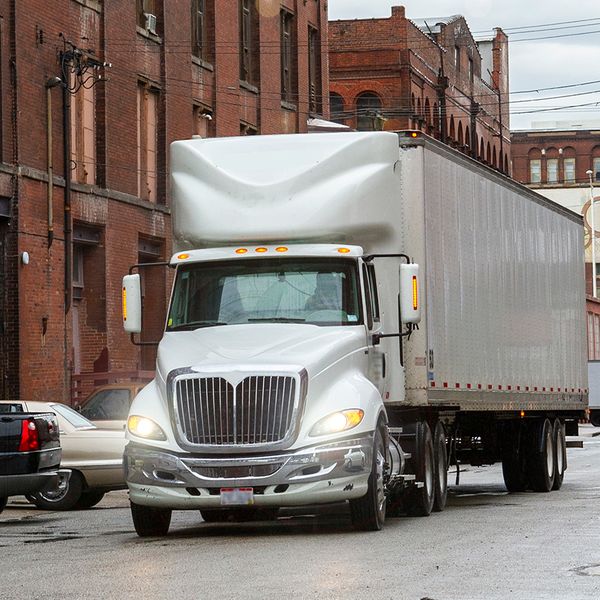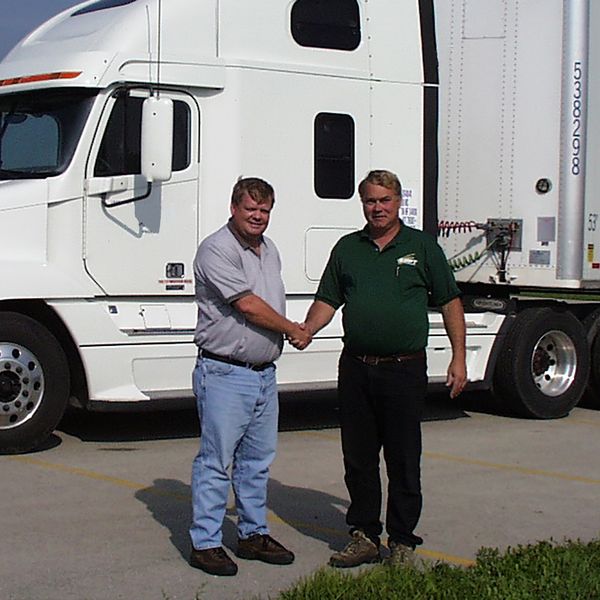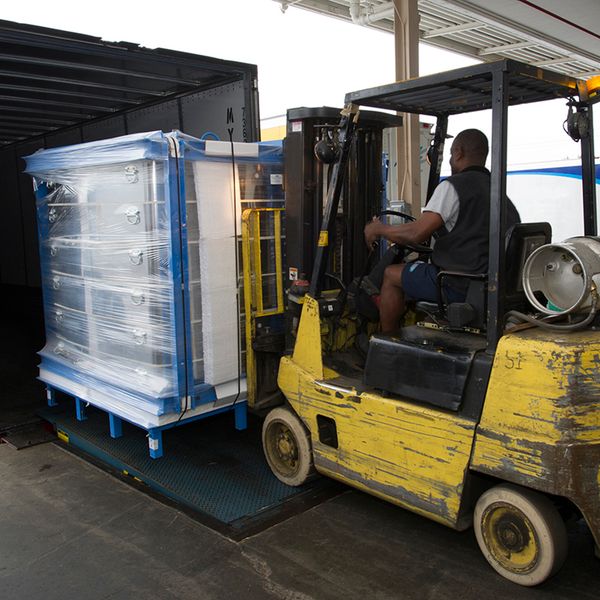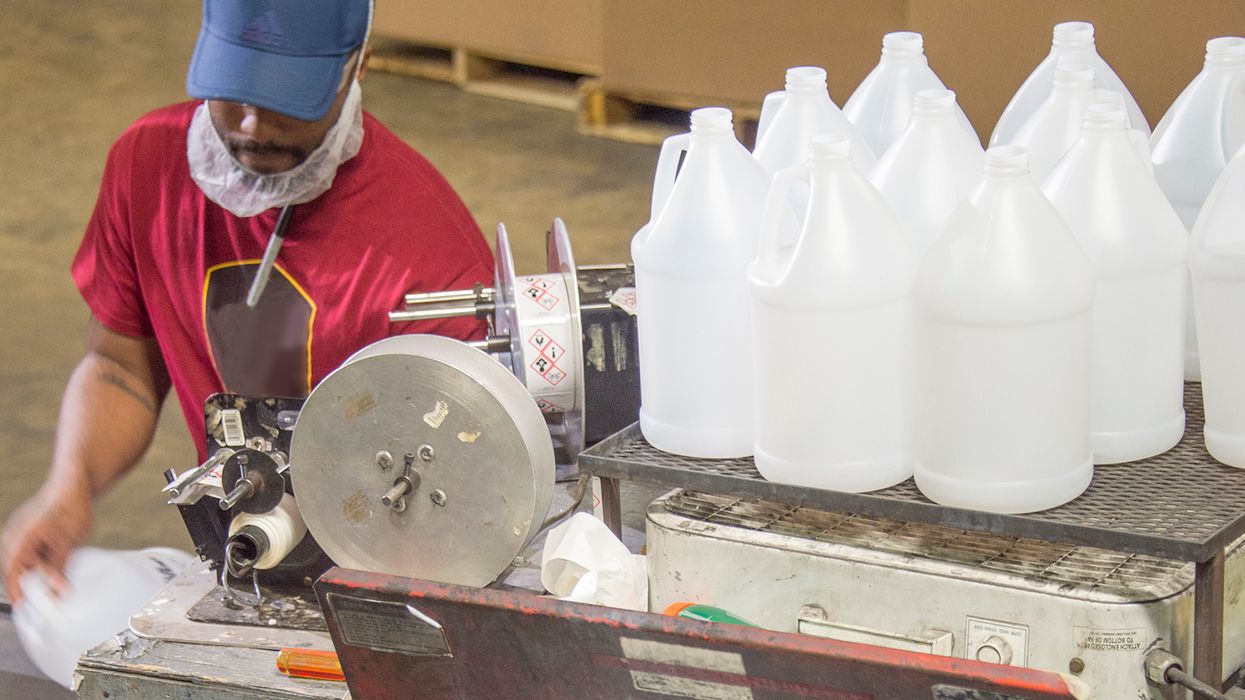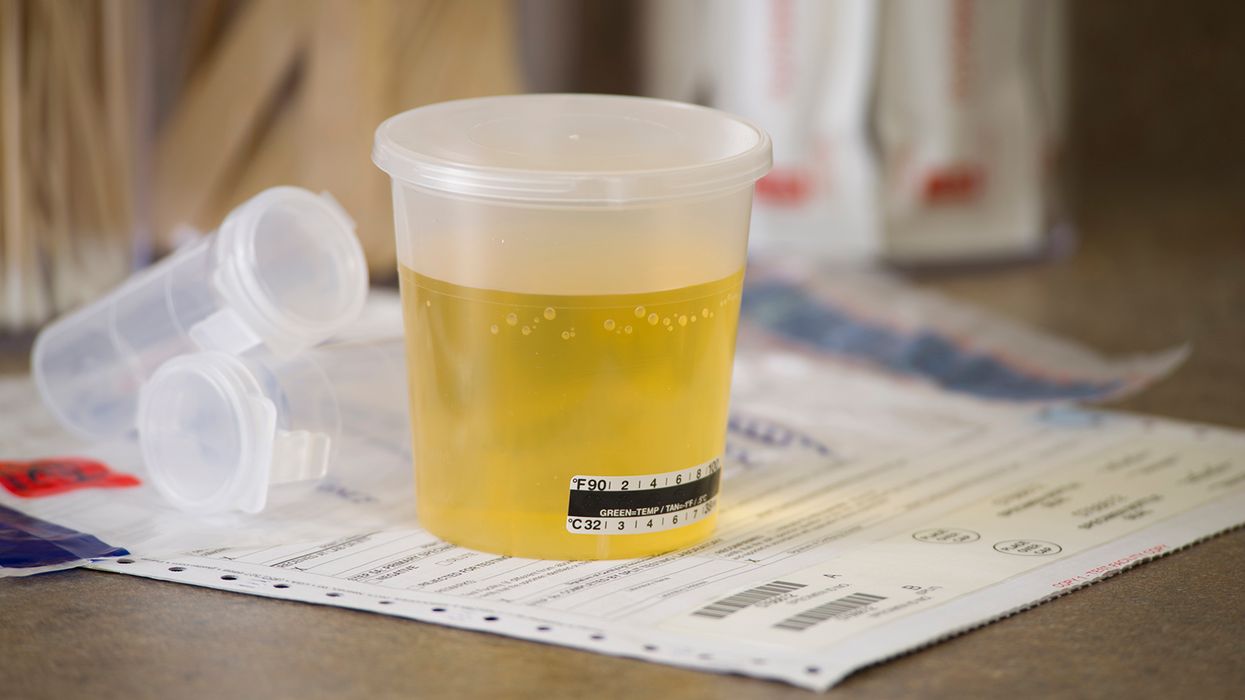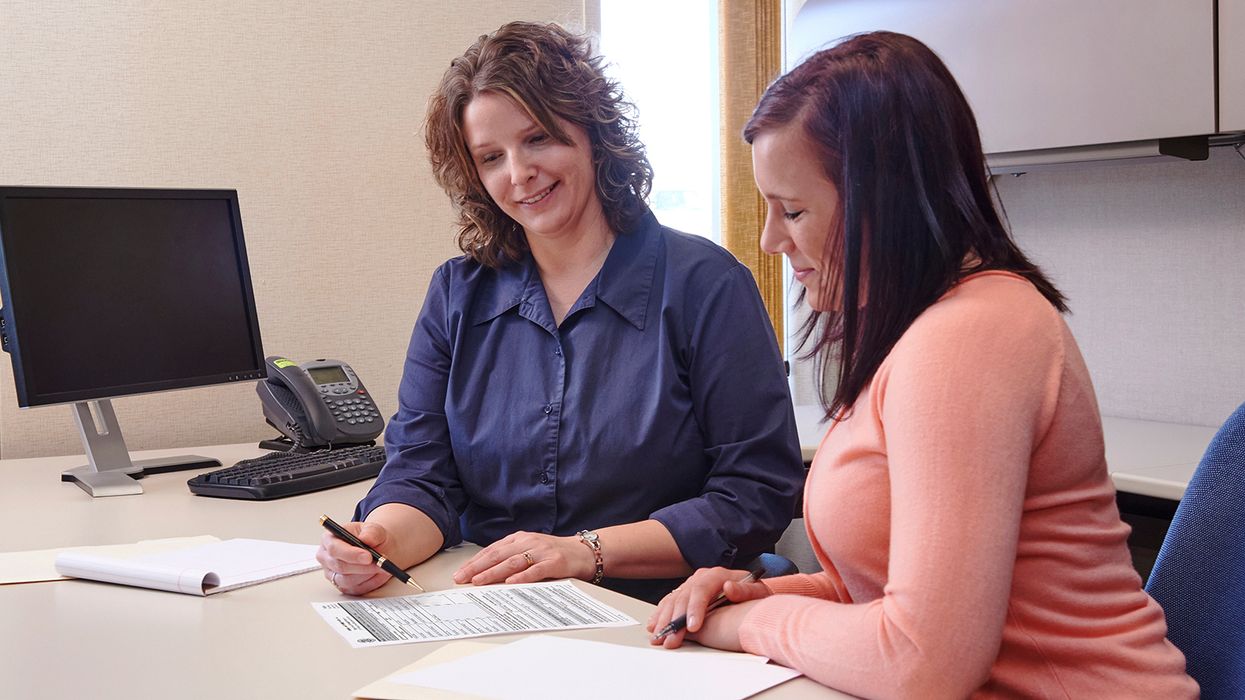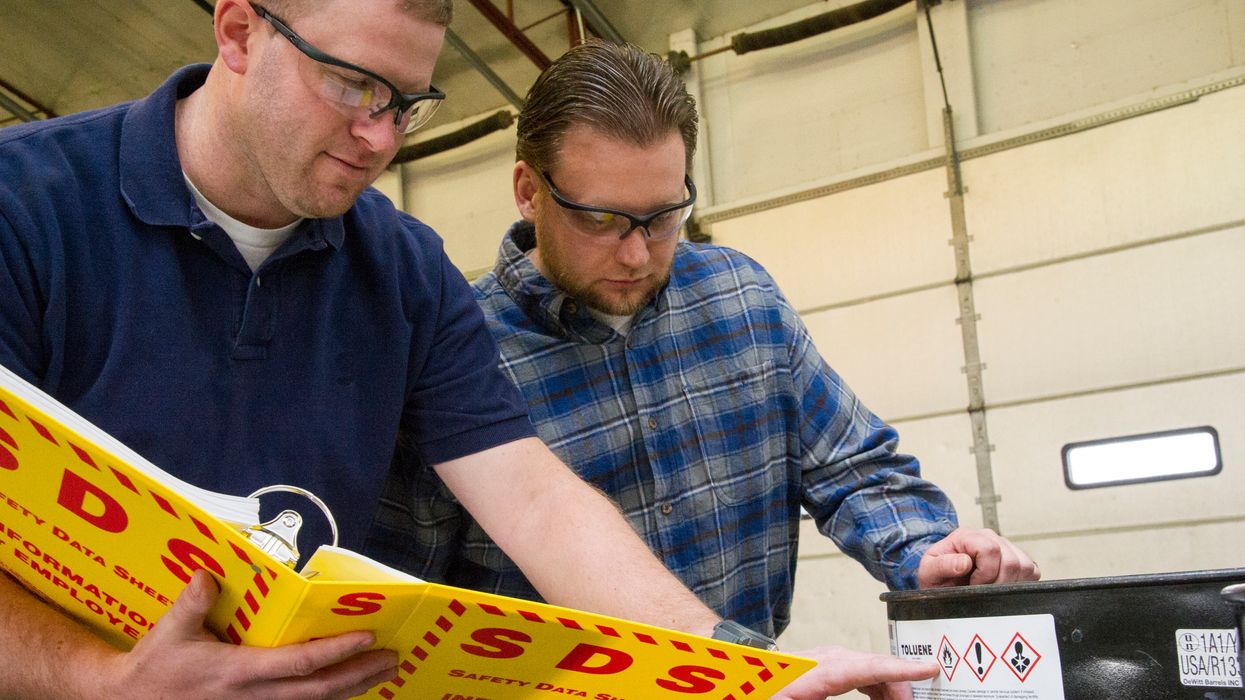Keep your drivers safe when operating near crowds
Political demonstrations and picket lines taking place near your customer sites should trigger precautionary measures. Both your drivers and dispatchers need to know how to respond in these situations.
If the risk is not handled appropriately, it could lead to a damaged vehicle, looted or vandalized freight, or worse — an injured driver or protester.
The best practices below can help to safeguard your drivers. The lists are not all-inclusive, and any actions taken by the driver and carrier should be on a case-by-case basis after careful evaluation of the circumstances. The specific situation may require measures outside of those provided below.
Dispatch-driver interactions
When a demonstration or other crowd is in the path of your commercial truck, your dispatcher needs act like an air traffic controller. The dispatcher must alert drivers of hazards and reroute the commercial vehicle.
When surveying the situation, dispatchers should:
- Use input from leadership and the customer on whether to delay a delivery.
- Brief drivers on what to do.
- Make sure a driver never feels alone while out on the road, especially if new to the position.
- Ask for driver input on escape and secondary routes for specific deliveries.
- Allow the driver to make a decision — based on comfort level — on whether to take a load where a protest or other unrest is happening.
Dispatchers should only assign drivers who are comfortable taking the vehicle and delivery, provided there are no signs of imminent danger. The dispatcher should not unduly influence the driver or dispatch the driver to an area that the driver feels unsafe.
Make informed decisions
Determining whether a route or pick-up or delivery site is safe requires current, accurate information.
A customer’s employees are a great resource for a dispatcher to learn:
- The most up-to-date information (e.g., where crowds are gathering each day);
- The safest routes to avoid the crowds; and
- Directions for alternate routes.
Prior to the driver’s arrival, dispatch should confirm that someone is at the customer’s facility to receive the freight at a specific time.
Other places to learn specific details (e.g., hot spots) on a protest include local news sites and social media. Dispatchers should monitor state DOT site lists to learn of routes that are closed to enter/exit a city.
Once an evaluation has been made, dispatchers must:
- Be prepared to cancel specialized loads with required routes,
- Arrange to park the vehicle in a secure location if the situation warrants,
- Reschedule with the customer, and
- Be conscious of bridge heights for rerouted vehicles.
Driver tips: Stay alert
When in a location that is experiencing a protest, drivers must be alert to developments around them and anticipate trouble.
To ensure safety, train drivers to:
- Keep their vehicle filled with fuel.
- Obtain alternate routes from dispatch before leaving for a destination that requires driving to or through a potential hot spot.
- Have a trucker’s atlas in the vehicle that shows all the clearances and acceptable reroutes.
- Never rely on GPS for route details, unless using a GPS for truckers.
- Stay on main roads/interstates that are heavily trafficked with a police presence.
In addition, drivers should have the phone number of the delivery location accessible to provide and receive updates as needed (when it is safe to do so). The driver should ask for confirmation that the customer will have personnel at the facility during a designated period. The customer is also a resource for the driver to ask for directions or information to help avoid any gatherings or hot spots.
Face-to-face with a crowd
If an unexpected gathering is observed, drivers should understand they are not to approach the crowd and should never risk their safety or that of a demonstrator.
Instead, drivers should contact dispatch immediately for instructions. They should call via a Bluetooth/hands-free cell phone device or pull over and find a safe place to park if possible. Drivers should use a CB if their cell phone signal is lost.
If near protest activity, the driver should not speak or become involved in any arguments. Appropriate actions include:
- Make no gestures;
- Look as nonthreatening as possible;
- Remain calm, composed, and professional,
- Demonstrate patience and commonsense;
- Avoid attempts to intimidate anyone with the vehicle (e.g., gunning the motor or blowing the city or air horn); and
- Keep all windows rolled up and lock all doors.
If forced to stop, instruct drivers to:
- Speak only as needed to communicate their intent;
- Lower their window slightly, but never open it all the way; and
- Keep their seat belt on to keep from being pulled out.
If the driver has no alternative and can safely drive through the area, it must be done very carefully. The driver must not force the vehicle through any crowd. Instead, the driver must move slowly and wait for an opening. If police are present, drivers must wait for enforcement to direct them. They must remain where they are stopped until waived through or the road is clearly open to travel.
If the commercial vehicle is bumped, rocked, hit, or damaged, drivers should never become hostile.
When the driver is safely through the area of concern, the driver should contact dispatch.
Key to remember: The well-being of commercial drivers during times of unrest depends on vigilance of both a motor carrier and its drivers.






